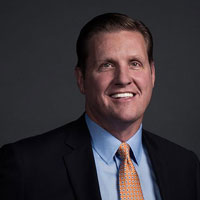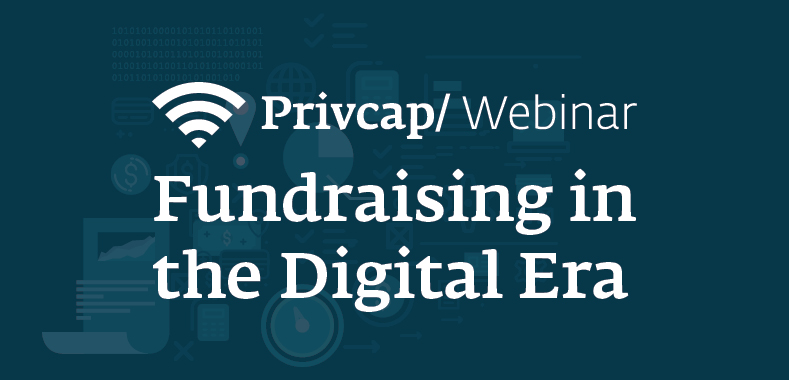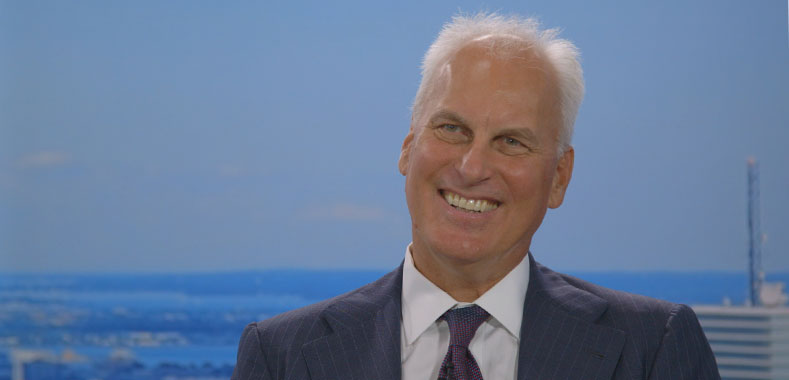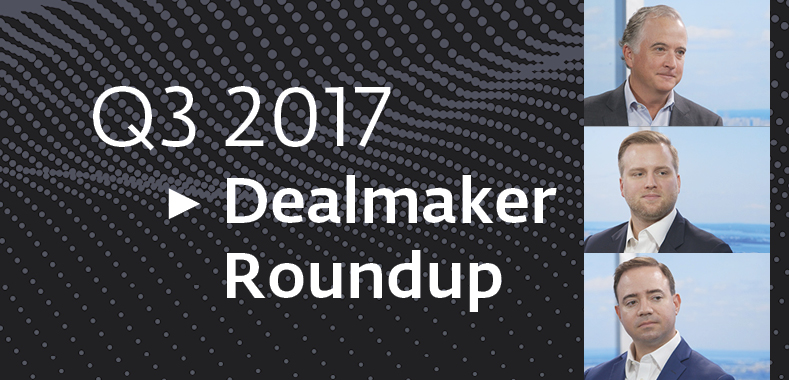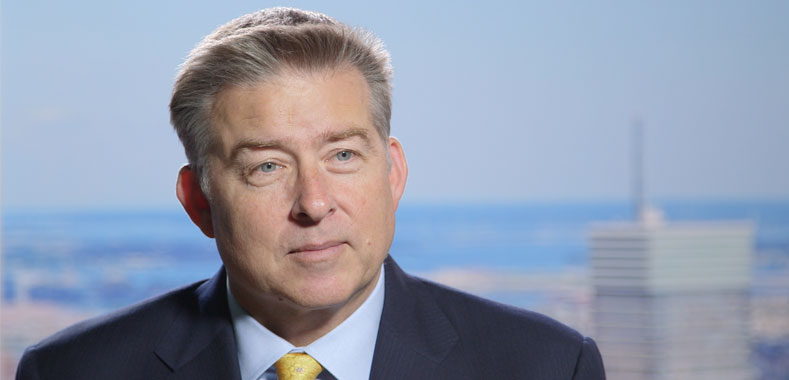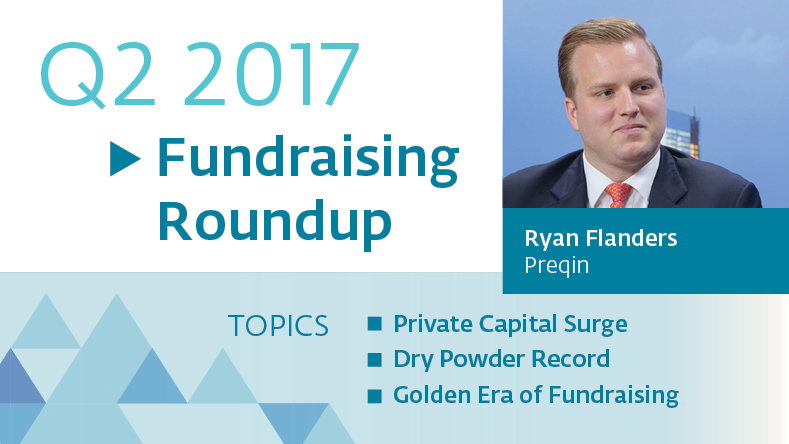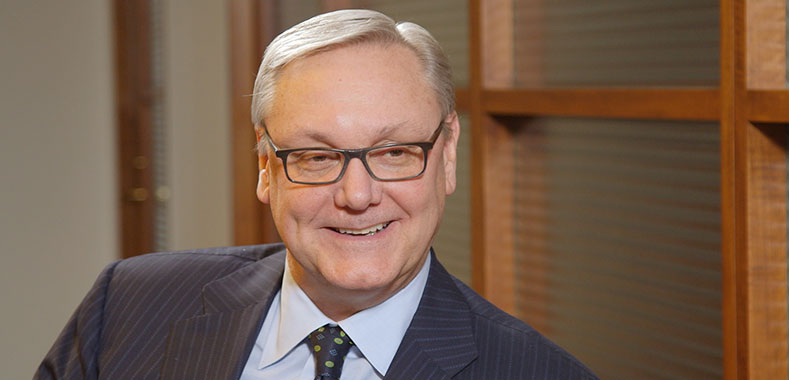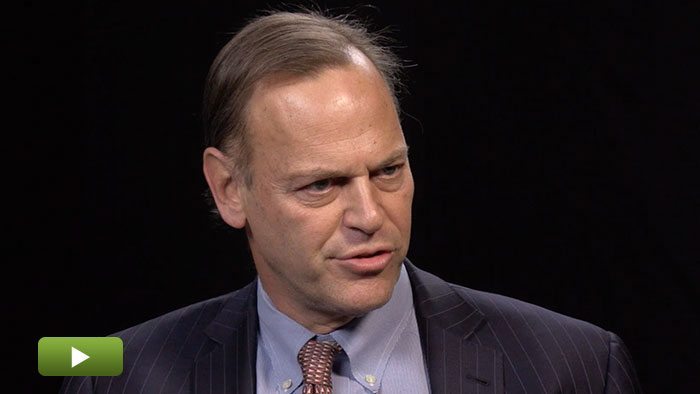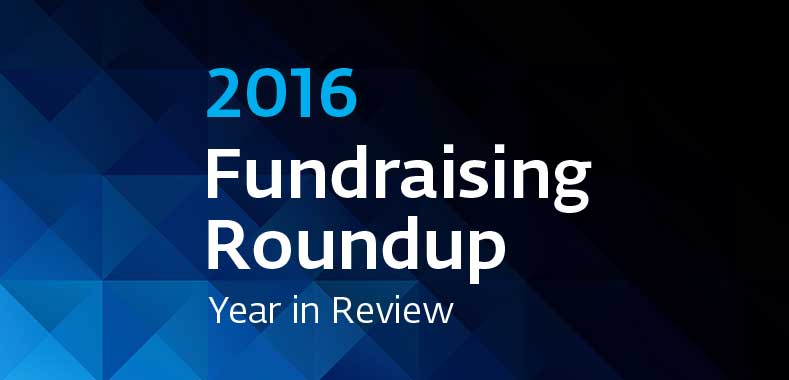Oversubscribed Funds – The Art of Saying ‘No’
Download the article here
How to manage LP relations when closing a high-demand fund
As GP problems go, having your fund oversubscribed is a good one to have. When investors are clamoring for an allocation, it’s an endorsement of managerial talent, a reputation booster and, often, a chance to think a little bigger. But it’s also the start of a delicate balancing act. Some LPs, even the most desirable ones, must be turned away. And GPs must carefully consider the requests of existing investors for bigger allocations.

As investors seek out established performance, there’s usually not enough space to go around, says Robert L. Greene, president, and CEO of the National Association of Investment Companies, which tracks diverse-owned private equity firms and hedge funds. In the past 18 months, he notes that 14 firms his group tracks have raised 16 oversubscribed funds, a trend mirrored by the wider private equity industry.
“Generally, if you’ve had success raising one fund, you increase the size of the second one 30 to 50 percent,” Greene says. “Once a firm proves in fund one and fund two that they have the wherewithal to being the top quartile or top decile of performance, there seems to be a given that they will be oversubscribed. If you do well, you’ve generally doubled the demand from the LPs you already have.”
Les Brown, chief operating officer and a managing director at HGGC, a $4.25 billion private equity firm focused on middle-market companies, confirms the multiplier effect. The Palo Alto-headquartered firm in December closed HGGC Fund III at $1.84 billion, beyond its $1.5 billion target, after just three months. He says the experience of both raising a larger fund and addressing LPs’ interest – and sometimes disappointments – reinforced his firm’s approach of frequent, open communication and disciplined planning.

HGGC
“When you go out for your next fund, LPs want to know how big are you going to be, so it’s important that they understand your vision of what you do and what you do well,” he says. For HGGC, that meant keeping a strict limit on the increase of their latest fund, which was still an 84% increase from the firm’s $1 billion debut fund, raised in 2008, in a much more difficult investment environment.
Brown says the firm places a premium on up-front communication with current and prospective investors. And clear expressions of interest from LPs are not just welcome, but help the firm spend less time fundraising, and more time generating returns on investments.
“Managing this on the front end eliminates a lot of difficult conversations on the back end, because you’ve already got the dialogue going,” he says.
There were disappointments in the last fund close – investors that didn’t meet deadlines were turned away, and some LPs didn’t get to increase their commitments – but Brown says the firm tries to recast the instances as the basis for future opportunities.
“Some LP relationships may take a pause, but both sides know this is a long-term relationship,” he says.
Greene says the unstinting demand for PE performance is compressing the fundraising process across the industry.
“The only way to guarantee a place is to be in that first close,” he says.
How to manage LP relations when closing a high-demand fund.
